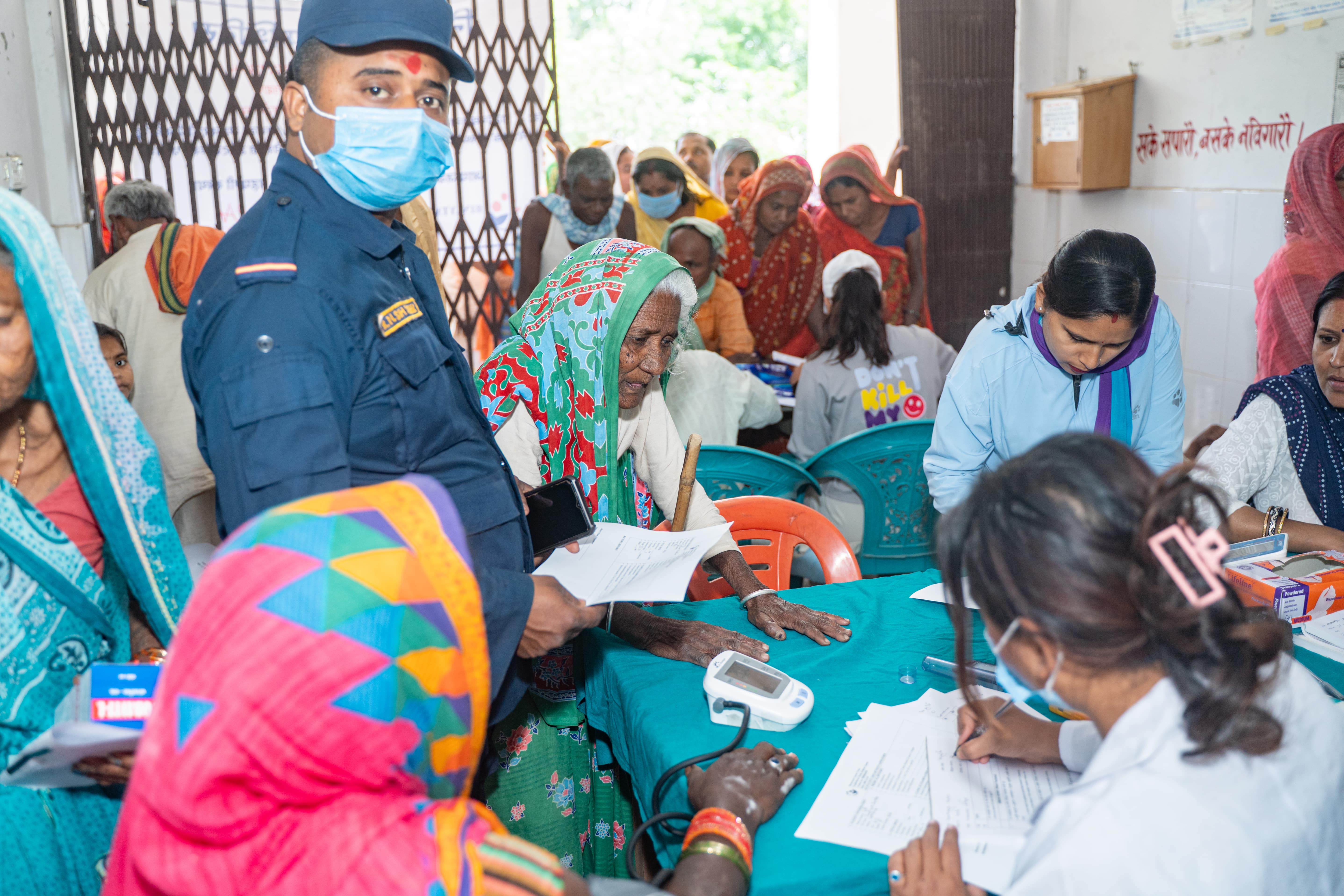
The Cancer News
AN AUTHORITATIVE RESOURCE FOR EVERYTHING ABOUT CANCER
Cancer Stigmas: The Invisible Barrier to Cancer Treatment in LMICs

The Hidden Cost of Cancer Stigma in LMICs
By 2030, it is estimated that 75% of all cancer-related deaths will take place in low- and middle-income countries (LMICs). Patient support groups who are members of the Union for International Cancer Control (UICC) have noted stigma as a barrier to spreading awareness about cancer causes, detection, and treatment. Currently, presentation and diagnosis at a late stage are the norm in these regions. Studies have found that both cancer incidence and mortality are on the rise in LMICs, partly due to social stigma and attitudes. The statistics are startling, and we must discuss and educate ourselves about the complex factors contributing to this disparity.
Understanding Cancer Stigma
Researchers Marlow and Wardle developed the Cancer Stigma Scale (CASS), which explores the six dimensions of cancer stigma in non-patient populations: awkwardness, avoidance, perceived severity, policy opposition, personal responsibility, and financial discrimination. To determine their position on the CASS, participants respond to statements with "strongly agree," "moderately agree," "slightly agree," "slightly disagree," "moderately disagree," or "strongly disagree."
Cancer stigma is defined as the social process of excluding, rejecting, blaming, or devaluing an individual due to their cancer diagnosis. Individuals diagnosed with cancer so often rely on social networks for emotional support, help with childcare or household chores, travel to and from appointments, and anything else life throws their way. Fighting cancer is enough. Individuals should not have to fight stigmas as well.
How Cancer Stigma Delays Cancer Screenings
Various studies conducted in Nepal and other LMICs have shown a correlation between having cancer stigma and delaying health-seeking behaviors such as cancer screenings. One study done in Nepal found that negative beliefs about cancer are correlated with lower rates of screening, self-examination, and avoidance of seeking a diagnosis for fear of rejection from family, workplace, or larger society. A study spanning several LMICs found that 35% of participants delayed seeking a breast cancer diagnosis by 1 to 3 months, partly due to cancer stigma. These kinds of delays can adversely affect outcomes as cancer progresses.
The Impact of Personal Responsibility Stigma
Individuals who engage in preventable high-risk behaviors such as smoking, alcohol consumption, and sexual interactions are stigmatized further, as their cancer diagnosis may be viewed as deserved or self-inflicted. The stigmas attached to the risky behaviors may further delay an individual seeking care for symptoms, fearing blame from healthcare providers and larger society for their diagnosis. This is known as the “personal responsibility” stigma.
Cancer Stigma in Nepal: Urban vs Rural
It is important to look at how different populations are impacted by the various dimensions and intensities of cancer stigma to understand its presence in Nepal. One study, conducted in the suburbs of the capital city of Kathmandu, selected participants (both male and female) at a hospital who were there for non-cancer-related reasons. Almost all participants were educated, a majority (84.2%) with a bachelor’s degree, and only one lacked a formal education. While cancer stigma was still found, the participants scored low on avoidance stigma. Over 90% of the participants disagreed that they would be irritated by or avoid someone with cancer. Since the participants were selected at a hospital, they may have been more knowledgeable on cancer or healthcare, leading them to hold less stigma.
Another study done in Nepal used convenience sampling to interview only females in two municipalities of the Kavrepalanchowk district (around an hour drive from the capital). 31% of participants (31%) had no formal education. Results showed that participants with no formal education scored higher on avoidance and personal responsibility stigmas. A lower education level may indicate lower socioeconomic status and is associated with more limited access to health topics. This limited knowledge of cancer may be a cause for misconceptions and stigmas. While both groups of participants held cancer stigmas, socioeconomic factors may influence which specific dimension of stigma they occupy.
How Stigma Impacts Cervical Cancer Screening
Cancer stigmas impact not only health-seeking behaviors but also preventative actions. A study done by UICC found that 90% of participants brought up stigma as the primary barrier to HPV vaccination in LMICs. HPV is known to spread through sexual interactions, translating stigmas of sexual acts into stigmas towards immunization.
The severity dimension of cancer stigma, highlighting the belief that cancer is fatal, links to the belief that seeking cancer treatment is a waste of family resources. A study found that 55% of participants had severe stigma, characterized by the belief that cancer is a terminal illness and patients will not return to their pre-cancerous state. Another study found that there is a negative association between having cancer stigma and receiving cervical cancer screening. Those with cancer stigma were 77% less likely to be screened. Many women consider cervical cancer screening tests useless as they believe that the disease is unpreventable and incurable and has a high economic burden.
Cancer Fatalism and Health-Seeking Behavior
Participants have noted in studies that the lack of cancer services and, therefore, poor outcomes have brought about the public belief that cancer is a fatal disease. A high sense of fatalism may inform why cancer treatment is refused, abandoned, or never sought out. Patients do not see a point in treating a disease they believe will kill them. Additionally, they would not want to spend family funds to prevent what they perceive to be an inevitable death.
Addressing Cancer Stigma and Improving Outcomes
What could be done to address cancer stigmas and promote increased health-seeking behaviors? Perhaps expanded access to comprehensive cancer care or changes in the general beliefs about cancer diagnosis may lead to improved patient outcomes. According to UICC, improved access to care should be combined with spreading more knowledge about cancer in communities. Individuals who have been newly diagnosed, are receiving treatment, are in remission, or have recovered are the vital voices we need to empower in addressing and overcoming cancer stigmas.





